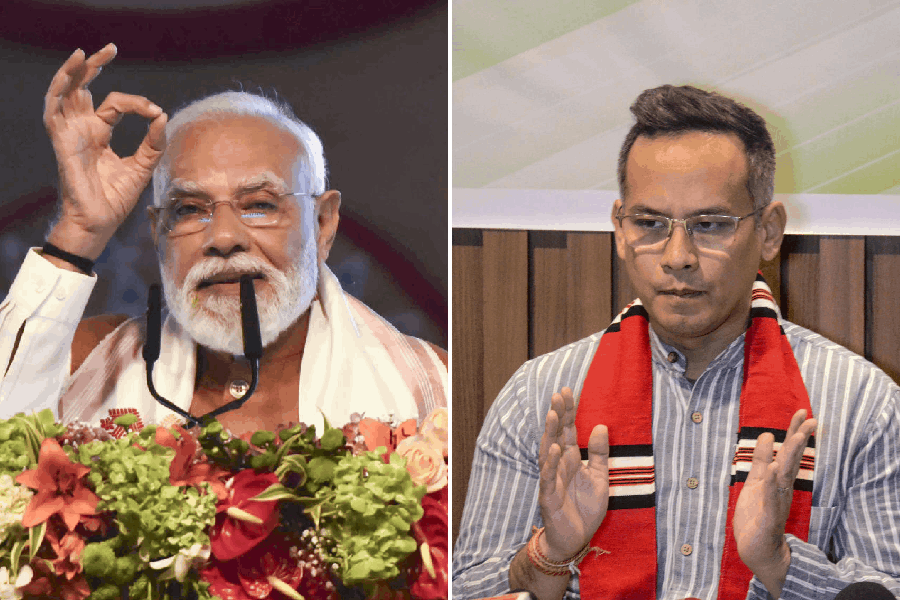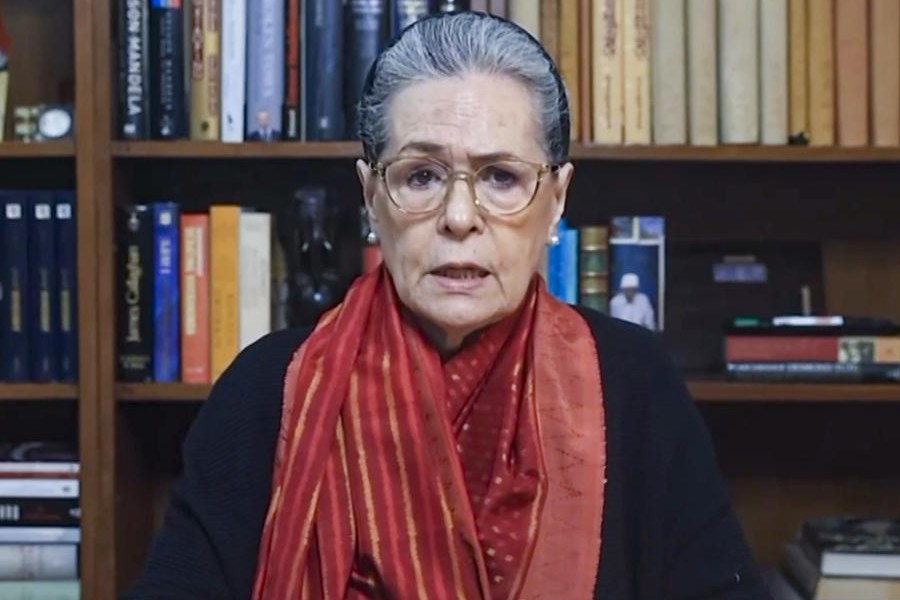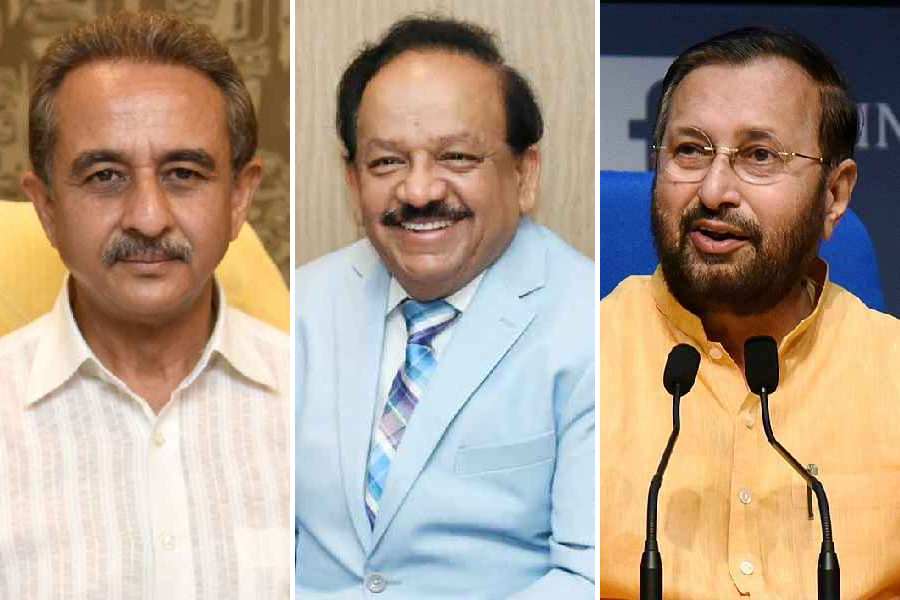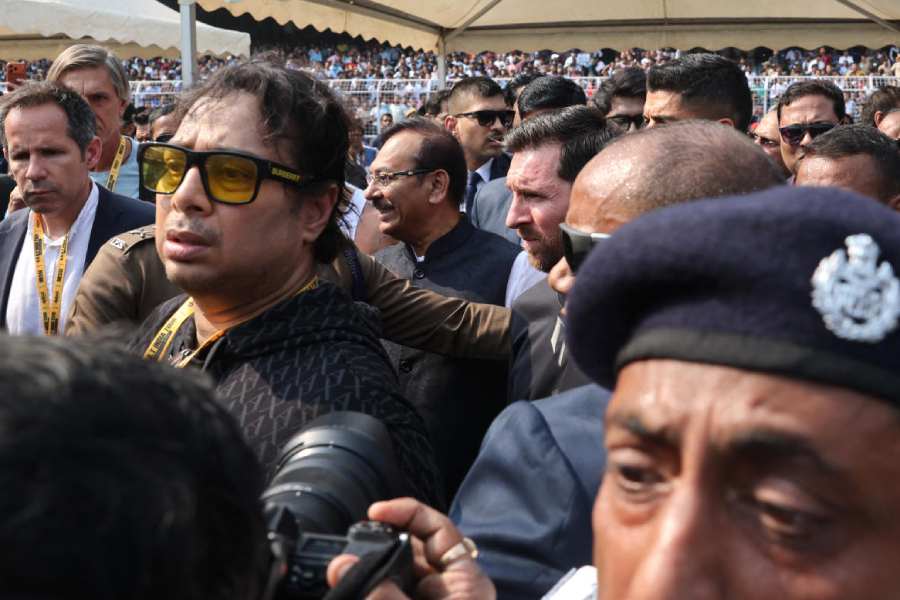Kylian Mbappé’s arrival at Real Madrid had been met with excitement and scrutiny. While his transfer symbolises a seismic shift in football and the global sports economy, Mbappé had faced significant criticism following back-to-back missed penalties in a single match, raising questions about his ability to handle the pressure that comes with being the centrepiece of Florentino Pérez’s grand vision.
For Pérez, however, Mbappé’s acquisition is more than just about immediate results; it is about a long-term strategy that blends footballing brilliance with commercial dominance. The transfer wasn’t merely about securing a player: it was about positioning Real Madrid as the epicentre of football’s future.
Mbappé is emblematic of football’s transformation into a global entertainment juggernaut. For Pérez, signing Mbappé was as much about financial dividends as it was about sporting success. The Frenchman’s jersey sales alone are predicted to generate unprecedented revenue. Moreover, Mbappé’s influence extends far beyond merchandise. He opens doors to high-value sponsorships and strengthens Real Madrid’s digital ecosystem. Pérez’s vision of monetising fan interaction through innovations such as advanced app features, NFTs, and immersive fan experiences aligns seamlessly with Mbappé’s superstar status, turning him into a cornerstone of the club’s long-term financial sustainability.
Mbappé’s signing signals the evolution of Pérez’s Galácticos model into its third phase. The early 2000s era emphasised marquee signings; the second phase balanced global superstars with nurturing homegrown talent. The third phase combines elite acquisitions with cutting-edge technological innovation and youth development.
Pérez’s strategy also reflects lessons learnt from the past. In 2003, the decision to prioritise David Beckham’s marketability over Ronaldinho’s unmatched talent fuelled Barcelona’s resurgence. With Mbappé, Pérez avoided a similar misstep, securing a player whose dual appeal — sporting brilliance and global charisma — balances commercial and footballing priorities.
But Mbappé’s signing is not without its challenges. The astronomical transfer fees and wages required to secure him place pressure on the club’s financial model even as State-backed clubs like Manchester City redefine the competitive landscape with near-limitless resources. Yet Pérez thrives in navigating such complexities. Mbappé is not merely an expense; he is an asset whose marketability and on-field excellence ensure significant returns. By leveraging Mbappé’s brand across merchandise, digital platforms, and global sponsorship deals, Pérez has transformed the inherent risks into calculated opportunities.
This transfer underscores Real Madrid’s unparalleled status as football’s tastemaker. While competitors consolidate power through State funding or tactical conservatism, Pérez positions Real Madrid as a visionary institution, blending tradition with modernity. Mbappé’s integration into the squad reinforces this identity. His signing is not just about winning championships; it represents a larger ambition — to craft a narrative that resonates across continents.
As Mbappé dons the iconic white jersey and steps onto the Santiago Bernabéu pitch, he represents far more than just a footballer. He is the embodiment of Florentino Pérez’s grand vision for Real Madrid and the future of football.
The Galácticos 3.0 era blends star power with technology and global expansion, setting a new benchmark. With Mbappé leading the charge, Real Madrid is not merely preparing for a successful season; it is laying the groundwork for a future where football, technology, and commerce converge seamlessly.
Sanchari Guha Niyogi is doctoral scholar, IIM Kozhikode. Jimut Bahan Chakrabarty is Assistant Professor, IIM Kashipur











